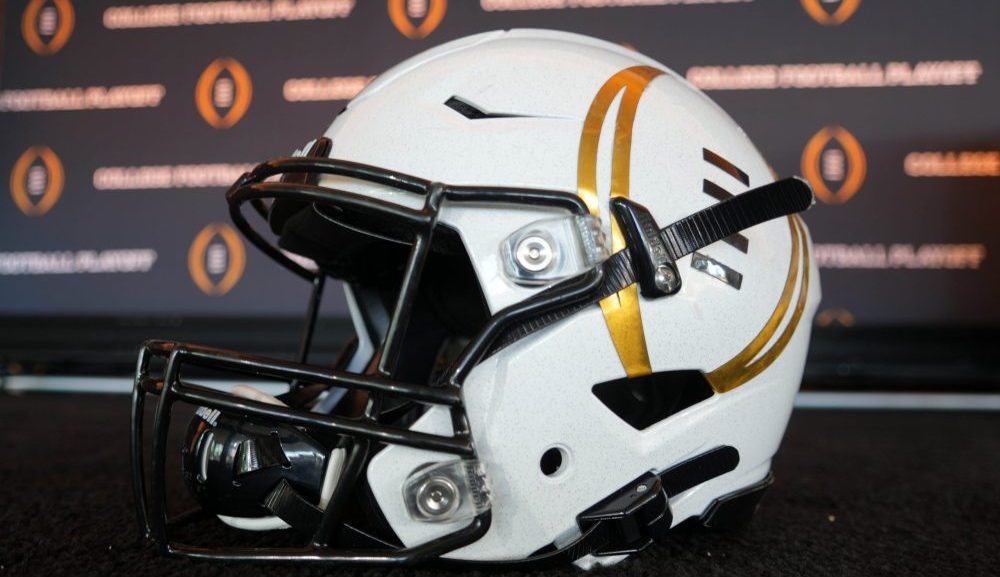In the years-long debate of paying NCAA athletes, one of the most laughable statements was Big Ten commissioner Jim Delaney’s claim that the conference’s schools would rather play in non-scholarship Division III than pay players. This quote came from the same man who just received a $20 million bonus because of his “market value”… which is ironic because the athletes that play and star for Delaney’s schools can’t make a dime off of their “market value” while in college.
Everyone in college athletics is flushed with cash and business has never been better thanks to soaring rights fees and brand new conference networks that are revenue-generators on their own.
A great example of just how much money is involved in college athletics these days comes via the Mercury News, which published data from the Pac 12’s 2016 Fiscal Year. Behold these numbers about that conference’s revenue:
Increased from $439 million in FY15 to $488 million in FY16.
The jump was largely due to a $15 million bump in media rights — there’s an escalator clause in the ESPN/Fox deal — and a $27 million increase in bowl revenue (first year of combined CFP and Rose Bowl payouts).
Expenses, which include the payouts to the campuses, were $481 million.
That’s almost $500 million! For a conference that is decisively behind other Power Five brethren like the Big Ten and SEC when it comes to revenue! And while that increase might not seem like a huge deal, it’s certainly nothing to sneeze at given the Pac 12’s well documented issues like a lack of national carriage for the Pac 12 Network.
Digging down further into the data shows that nearly everyone is getting richer as more and more revenue comes in to these schools and universities, largely through TV rights deals. According to the same report, the following increases happened from Fiscal Year 2015 to Fiscal Year 2016:
- Revenue jumped from $25.1 million per school to $28.7 million.
- Commissioner Larry Scott saw his salary go up 3.7% to $4.2 million.
- Pac 12 Network income increased 10% to $128 million, but only $24 million in profit went back to the schools.
Do you sense a pattern? Everyone saw an increase in money come in from the schools to the administrators… everyone except the players that is. None of these numbers are as eye-popping as Delaney’s eight-figure bonus, but they do show an important point that is often taken for granted – all of these revenues and incomes are going up.
And that fact makes it harder and harder to believe that players daring to share in those increases just a little bit would be such a fundamental threat to the existence of college athletics as we know it. Whatever side of this debate you’re on, as a human being it’s hard to reconcile these commissioners getting multi-million dollar salaries and bonuses when stories are emerging about college athletes having to sleep in their cars.
And again, the Pac 12 is at the lower end of the Power Five totem pole. The SEC gave over $40 million back to schools in 2016. The Big Ten was almost at $35 million per institution. Those are insane numbers and the more these numbers are made available, the harder it is to justify a system where the players are the only ones left out of the cash windfalls.







